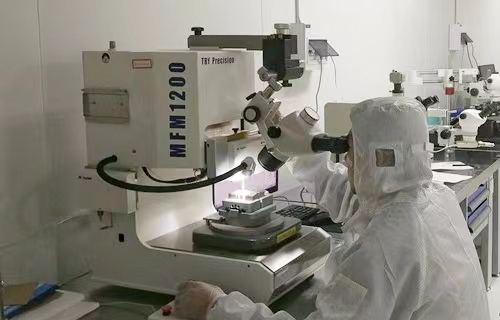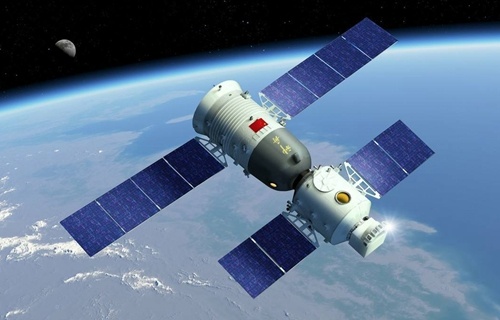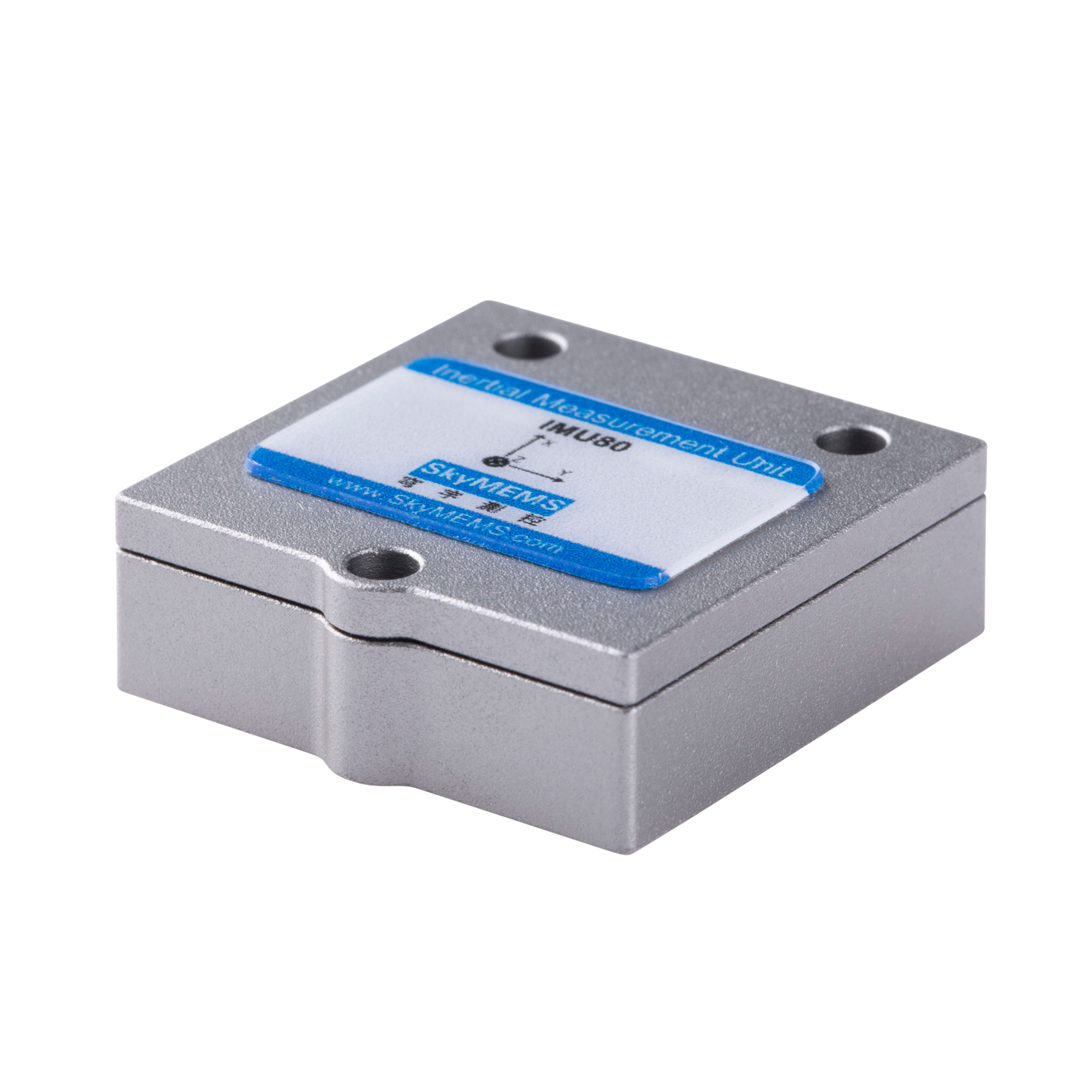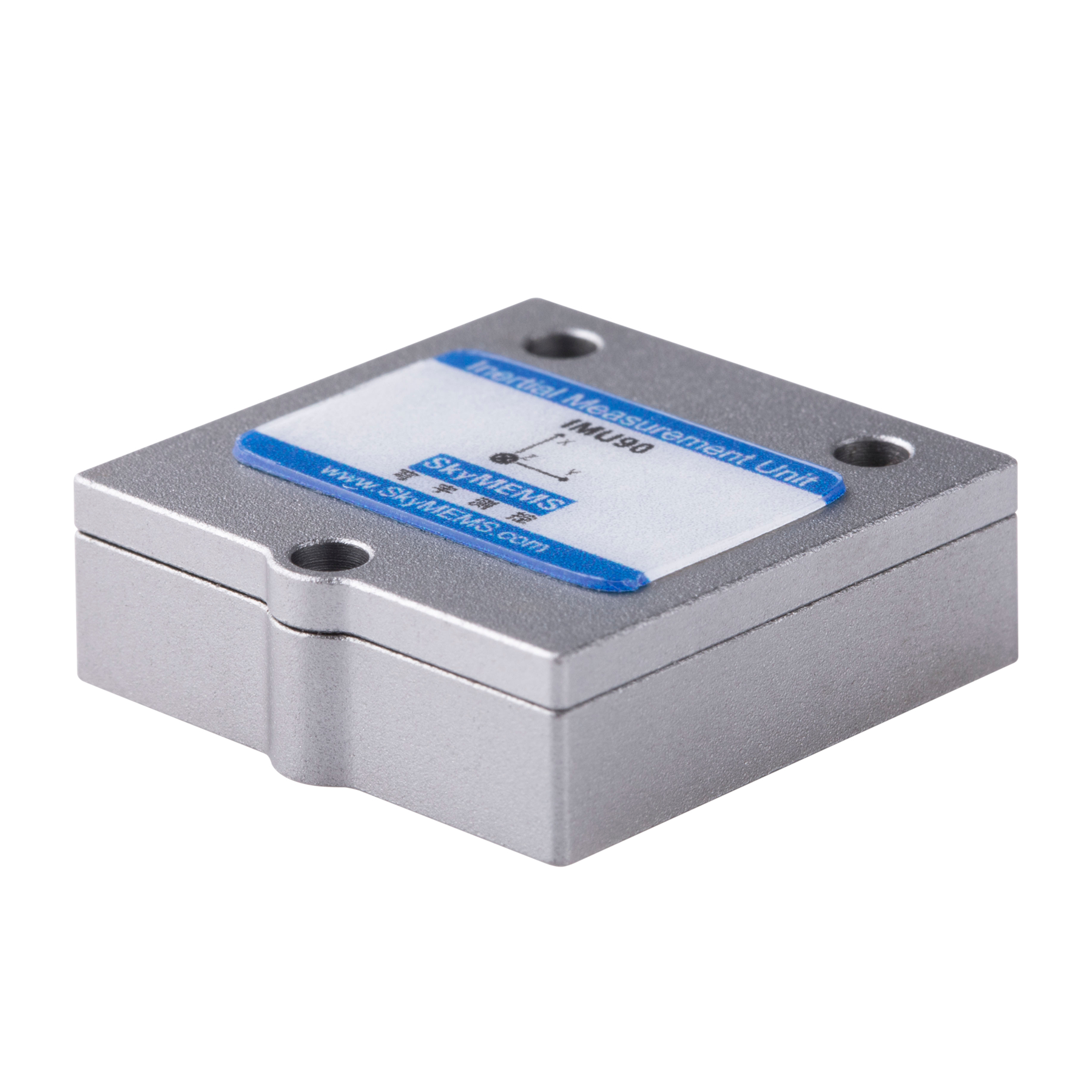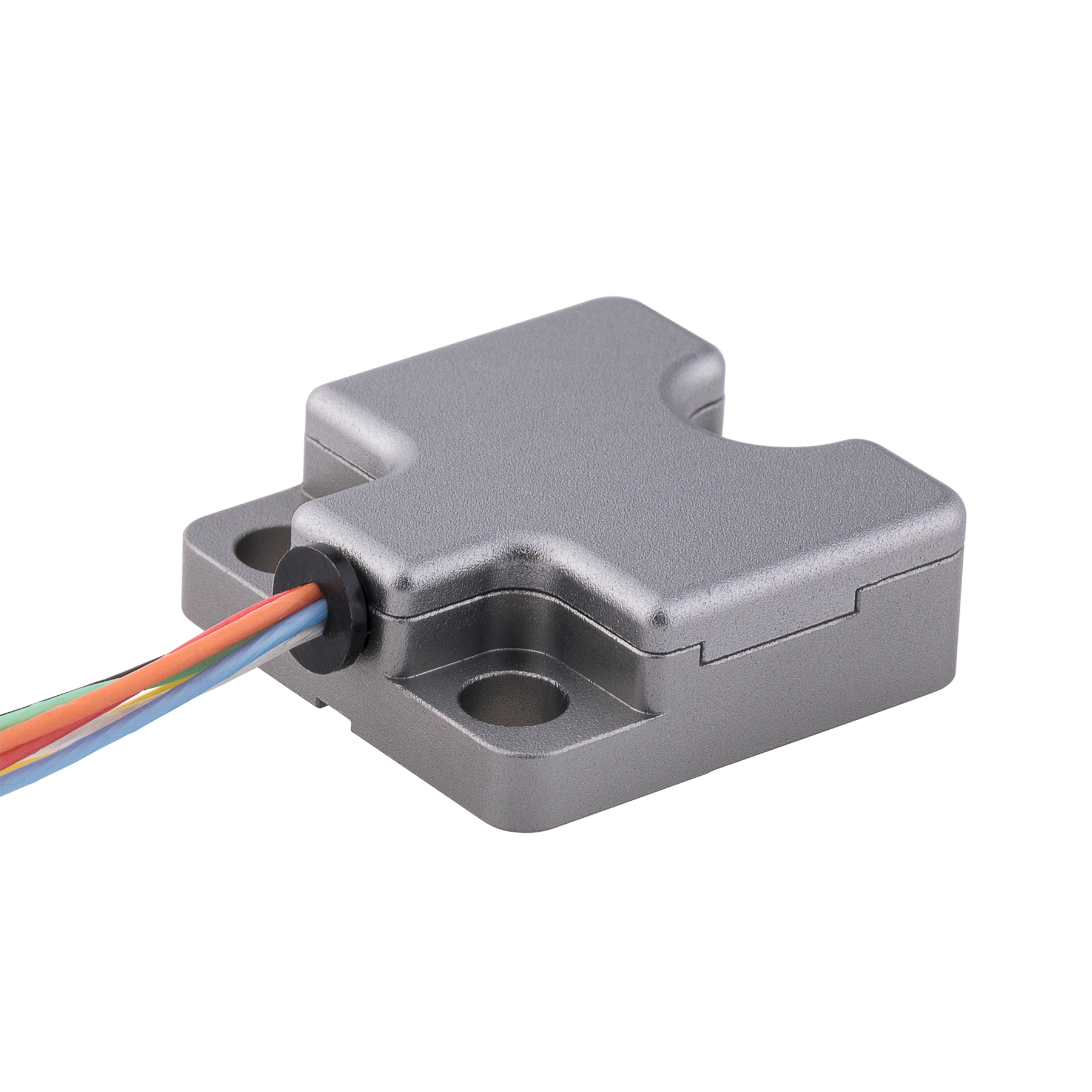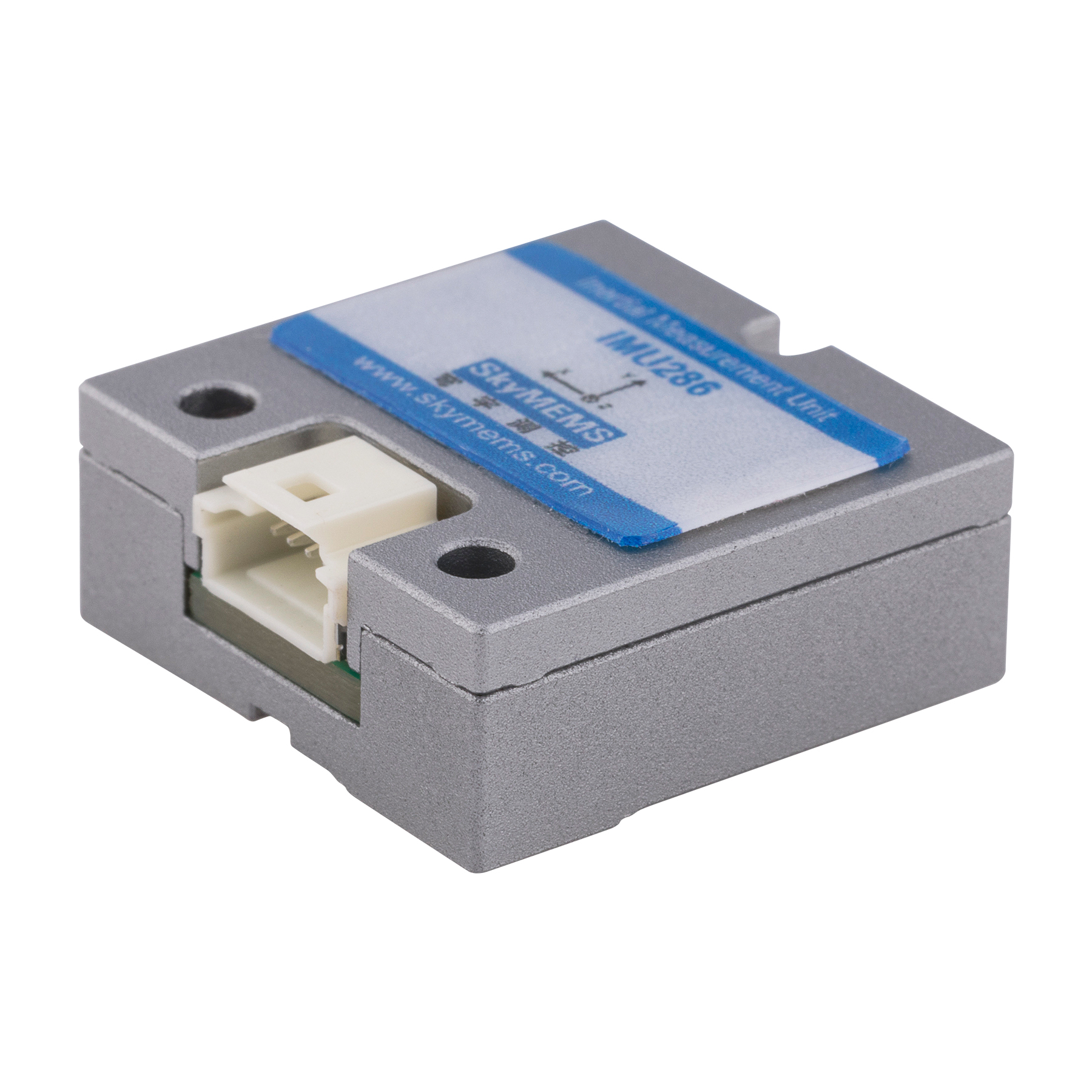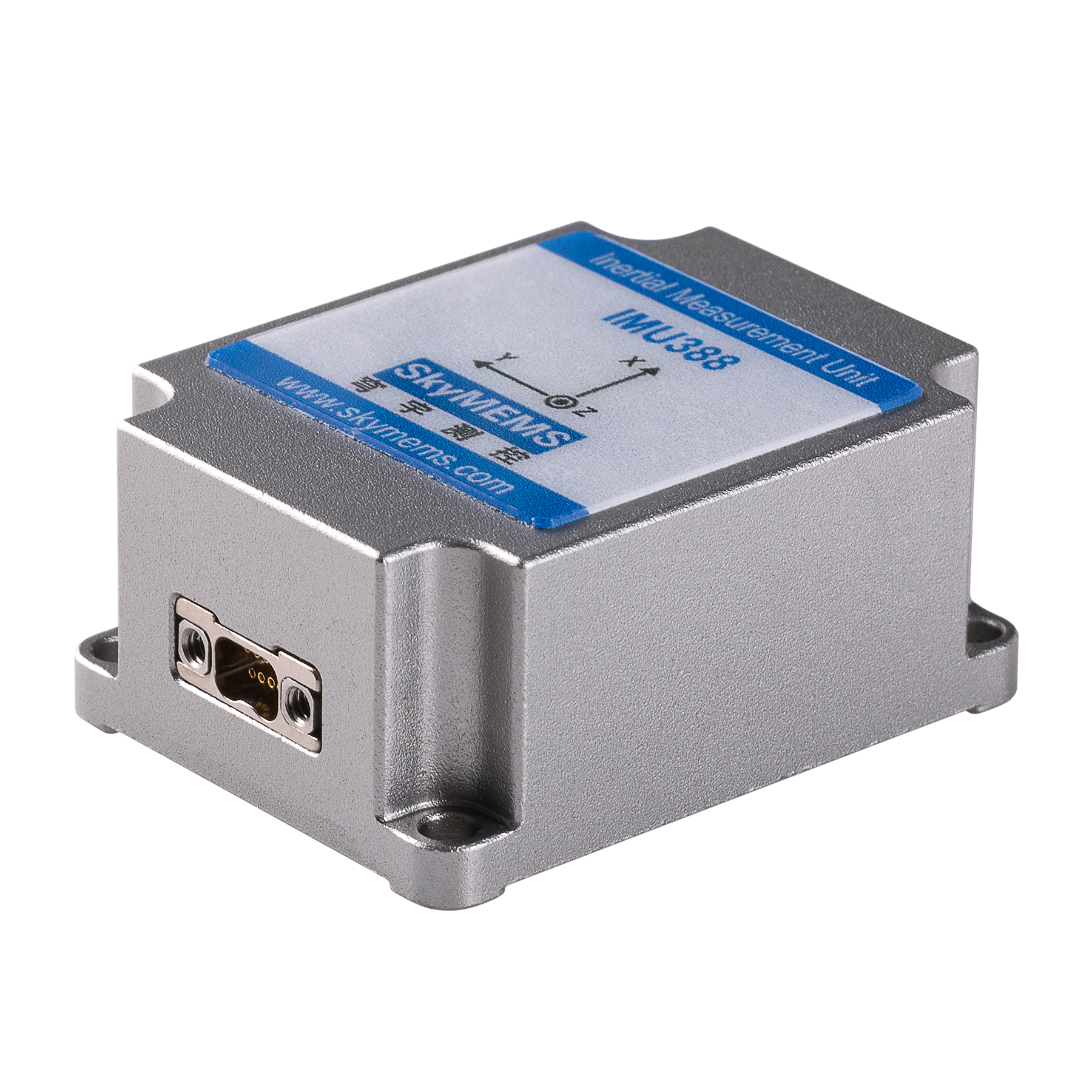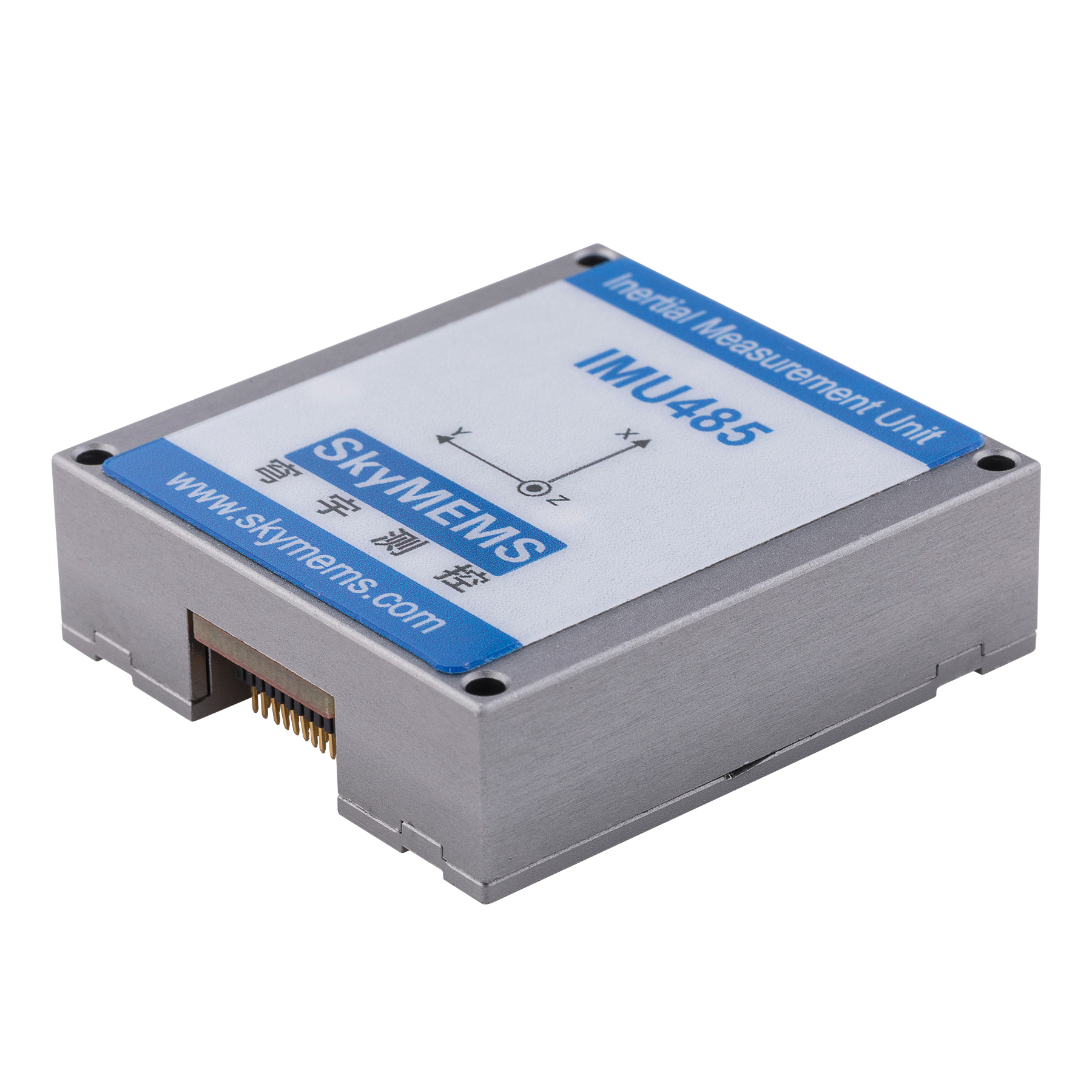In the world of modern navigation, technology has advanced far beyond the traditional magnetic needle that explorers once carried in their pockets. Today, devices like the GPS compass and the electronic compass (often referred to as an E-Compass) are at the forefront of precision navigation, enabling accurate direction-finding in applications ranging from marine voyages to drone flights.
At first glance, these two technologies may seem similar — both tell you which way you’re facing — but in reality, they are based on very different principles. Understanding the differences between them is not only essential for engineers and tech enthusiasts but also for decision-makers in industries that rely on accurate orientation data.
Let’s dive into a comprehensive comparison between GPS compass systems and electronic compasses, explore how they work, their pros and cons, and when to choose one over the other.
How They Work: Core Principles of Electronic Compass
Electronic Compass (E-Compass)
An E-Compass is essentially a magnetic sensor-based electronic navigation device. It senses the orientation of the Earth’s magnetic field in real time and calculates the current heading of the device. Unlike traditional mechanical compasses, which use a floating needle, an E-Compass leverages solid-state magnetometers — often in a three-axis configuration — to detect the magnetic field’s direction.
Most modern E-Compasses go further, integrating accelerometers and gyroscopes into the system. These sensors work together via sensor fusion algorithms to account for tilt, motion, and magnetic interference, ensuring more accurate results. This means that even if your device is tilted or slightly shaken, the compass reading remains stable.
GPS Compass
A GPS compass, on the other hand, doesn’t rely on Earth’s magnetic field at all. Instead, it determines heading based on positional data from multiple GPS satellites. A dual-antenna GPS compass calculates heading by comparing the positions of two (or more) antennas spaced a known distance apart. The difference in the GPS signal phase between these antennas reveals the orientation of the baseline connecting them, and thus the direction of the system.
This principle means that GPS compasses provide heading information independent of magnetic disturbances, making them particularly valuable in environments where magnetic interference is strong (such as near metal structures or electrical systems).
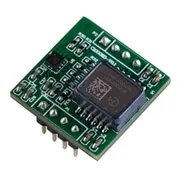
Sensitivity to Environment
E-Compass
An electronic compass can work anywhere — indoors, underground, underwater (inside a housing), or in remote wilderness — because it doesn’t depend on satellite signals. However, it is sensitive to local magnetic disturbances, such as those caused by large metal objects, electrical motors, or power lines. Without proper calibration and compensation, these disturbances can cause heading errors.
That’s why high-end E-Compasses, like the EC2000 or ECB200, feature hard/soft magnetic compensation and tilt compensation to maintain accuracy. For instance, the EC2000 offers a heading accuracy of 0.3° RMS and pitch/roll accuracy of ±0.1°, even in tilted conditions.
GPS Compass
A GPS compass is unaffected by magnetic interference, but it requires a clear view of the sky to function optimally. This makes it less effective indoors, in dense forests, tunnels, or urban “canyons” where tall buildings block satellite visibility. Furthermore, a GPS compass needs motion or dual antennas to determine heading — a single GPS receiver without movement cannot provide an accurate direction.
Accuracy and Stability
Accuracy can vary significantly depending on model and conditions:
-
E-Compass Accuracy: High-quality E-Compasses like the ECB300 or ECB100 achieve heading accuracies of 0.3°–0.8° RMS at tilt angles less than 30°. When well-calibrated, they maintain stability regardless of temperature, pressure, or altitude.
-
GPS Compass Accuracy: High-end GPS compasses can deliver heading accuracies better than 0.2° RMS, but their accuracy can drop when fewer satellites are visible or when signals are reflected (multipath errors).
In terms of short-term stability, an E-Compass often has the edge, since it provides continuous heading data without delays or reliance on external signals. GPS compasses, while accurate over longer baselines, may suffer from slight jitter in stationary conditions.
Response Time
For instance, heading changes, the E-Compass is faster. Since it’s continuously reading magnetic field vectors and processing them, the update rate can be extremely high — often over 100 Hz. This makes it ideal for responsive systems like drones, robotic arms, or camera gimbals.
GPS compasses typically have update rates of 1–20 Hz, depending on the receiver. While sufficient for ships, vehicles, and antenna positioning, they might not be as responsive for high-speed, small-scale movements.
Power Consumption
E-Compasses consume very little power, making them perfect for battery-powered portable devices such as smartphones, wearable fitness trackers, and handheld GPS units. GPS compasses, in contrast, need more energy because they must continuously receive and process satellite signals, which involves more complex electronics.
Integration and Size
E-Compasses can be incredibly small. The ECB100, for example, measures just 16.5 × 16.5 × 6.5 mm, yet provides full 3D angle output (heading, pitch, roll). This compact size allows integration into almost any portable or embedded device.
GPS compasses require at least one (often two) antennas with some physical separation between them, plus the receiver electronics. This makes them bulkier and less suited to miniature devices.
Application Scenarios
When E-Compass Shines:
-
Portable Electronics: Smartphones, tablets, and wearables.
-
Robotics: Autonomous navigation for indoor robots, warehouse AGVs, and drones.
-
Marine Buoys & Antennas: Where tilt-compensated heading is essential.
-
Augmented Reality (AR): Precise orientation for overlaying digital elements on real-world views.
-
Search & Rescue: Works in tunnels, caves, or disaster zones without GPS coverage.
When GPS Compass Shines:
-
Marine Navigation: Ships and yachts where magnetic interference is common.
-
Surveying & Mapping: High-accuracy heading over large distances.
-
Antenna Alignment: Communication systems requiring absolute heading accuracy without calibration.
-
Mining & Construction: Outdoor heavy equipment where line-of-sight to the sky is available.
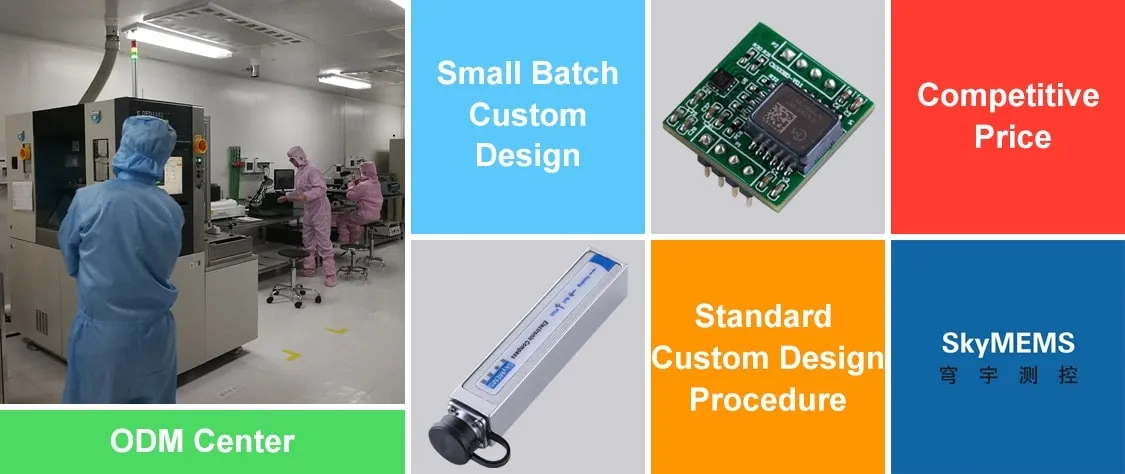
Combining GPS and E-Compass for Best Results
Many modern navigation systems integrate both technologies. The E-Compass provides instant, continuous heading data, even when stationary or indoors, while the GPS compass confirms accuracy over time and in magnetically noisy environments. This hybrid approach ensures the best of both worlds: reliability, redundancy, and adaptability.
For example, in a drone navigation system, the E-Compass handles quick yaw detection during flight, while GPS validates heading when hovering outdoors. In marine systems, GPS heading is used in open waters, but when entering a port with cranes and steel structures, the E-Compass takes over to avoid interference from multipath GPS signals.
Product Examples of Advanced E-Compass Technology
The following are examples of high-performance E-Compasses widely used in professional applications:
-
EC2000 Electronic Compass
-
Heading Accuracy: 0.3° RMS
-
Tilt Accuracy: ±0.1°
-
IP67 protection, hard/soft magnetic compensation
-
Voltage range: 5–24VDC
-
Interface: RS232 or RS485
-
Wide operating temperature: -40°C to +85°C
-
-
ECB200 Precision Digital Compass Module
-
Heading Accuracy: 0.3° RMS
-
Pitch/Roll Accuracy: ±0.1°
-
Compact size: 33 × 27 × 10 mm
-
Multiple interfaces: RS232, RS485, LV-TTL
-
-
ECB100 3-Axis Compass
-
Smallest size: 16.5 × 16.5 × 6.5 mm
-
Heading Accuracy: 0.8° RMS
-
Full 3D angle output
-
These models are engineered to deliver stability and precision, making them ideal for integration into industrial, marine, and consumer applications.
Future Trends
The distinction between GPS compasses and E-Compasses will remain, but we are likely to see deeper sensor fusion in future navigation systems. As artificial intelligence and machine learning enter the field, compasses will adapt dynamically to environmental conditions, switching between or blending GPS and magnetic heading data for optimal performance.
Moreover, advances in MEMS (Micro-Electro-Mechanical Systems) will make E-Compasses even smaller, more power-efficient, and more resistant to interference. Similarly, improvements in GNSS (Global Navigation Satellite Systems) — incorporating GPS, GLONASS, Galileo, and BeiDou — will make GPS compasses more accurate and less dependent on ideal sky conditions.
The choice between a GPS compass and an electronic compass isn’t about which one is universally “better” — it’s about matching the right tool to the right job.
-
If you need instant, low-power, compact, tilt-compensated heading, an E-Compass is ideal.
-
If you require an absolute heading free from magnetic interference and operate in open-sky conditions, a GPS compass is the way to go.
In many cutting-edge applications, combining both ensures robust and fail-safe navigation, ready to tackle challenges from the deep sea to the densest urban jungle.

